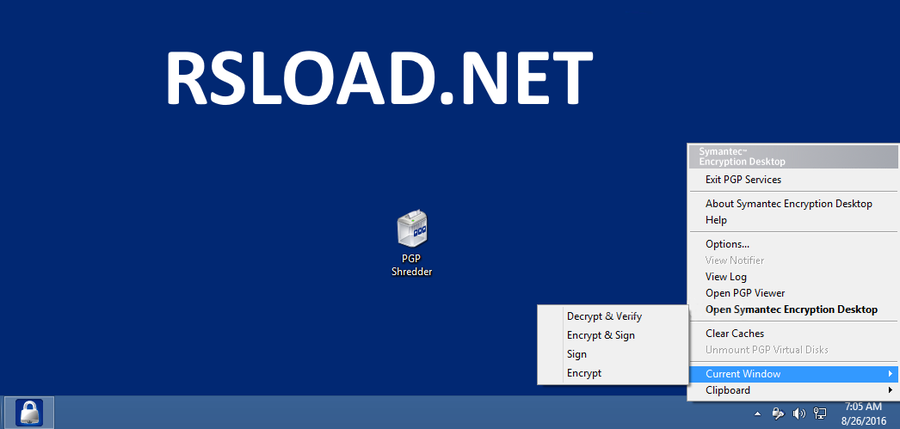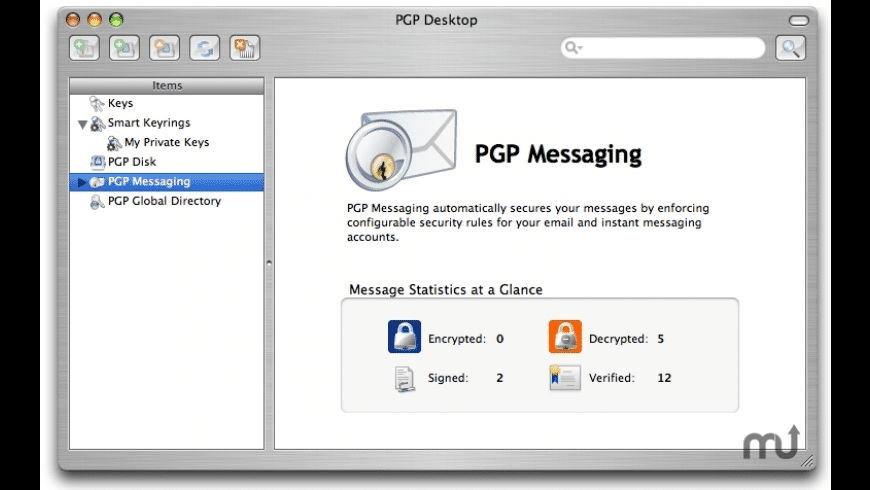

- #Symantec encryption desktop recovery cd for mac os x#
- #Symantec encryption desktop recovery cd windows#
Boot the system with the recovery disk.Ģ. Use the Recovery Disk with the following instructions if experiencing blue screen failures at boot up:ġ. A faster way to decrypt the drive is to use another system that has the same version of Encryption Desktop\PGP Desktop installed on it. Depending on the size of the disk being decrypted, this process can take a long time. Once you have started to decrypt a disk or partition using a recovery CD, do not stop the decryption process.
#Symantec encryption desktop recovery cd windows#
Prior versions could cause these partitions to no longer be visible to Windows after fully decrypting the disk.
#Symantec encryption desktop recovery cd for mac os x#

To view progress, type the status command listed in step 3 and note the Highwater number. Type pgpwde -decrypt -disk 1 -passphrase. This will help in multi-user environments to determine which user passphrase was used for Drive Encryption.ĥ. This provides the user information contained on the disk. If the disk is encrypted, the output will display:Ī Highwater value (number of sectors encrypted).Ĥ.If the disk is not encrypted, "Disk is not instrumented by bootguard" will be the output.The output of this command tells you whether the disk is still encrypted. In the command, substitute the PGP WDE disk number listed in the previous step for the number 1 if it is different. Entering this command displays a list of disks which the following steps reference.ģ. To list all installed hard disks in the system type: pgpwde -enum. (For 32bit install: C:\Program Files\PGP Corporation\PGP desktop.Ģ. To begin working with the PGPWDE command line tool, open a command prompt and change to the PGP installation directory (default directory shown) C:\Program Files (x86)\PGP Corporation\PGP desktop. Other commands can be listed by typing pgpwde -help.ġ. The following commands will help diagnose and decrypt the disk. Users unable to access their disk from Windows or who are unable to boot should proceed to Users able to access their encrypted disk from Windows should proceed to Section 2.Ģ. After starting the system with the hard disk encrypted to a passphrase and an eToken, valid passphrases are not accepted.ġ.Master Boot Record (MBR) corruption causing the system to no longer boot.System displays "Error loading operating system_" after entering the passphrase at the PGP BootGuard screen.Inability to decrypt or read the contents of a secondary or non-system disk.On rare occasions internal or external disks that are encrypted may experience the following issues: Note: If a system hard disk has been "fully" decrypted, and will not boot, make sure to slave the disk and backup all your data, or use bit-by-bit copy of the disk. Connect the hard disk back to system and run the fixmbr command from the Windows Recovery Console from a Windows XP installation CD. Section 3 details use of the Recovery Disk. Section 2 provides procedures for using the PGPWDE command line interface. Section 1 describes some symptoms that users with encrypted disk problems may encounter.


 0 kommentar(er)
0 kommentar(er)
